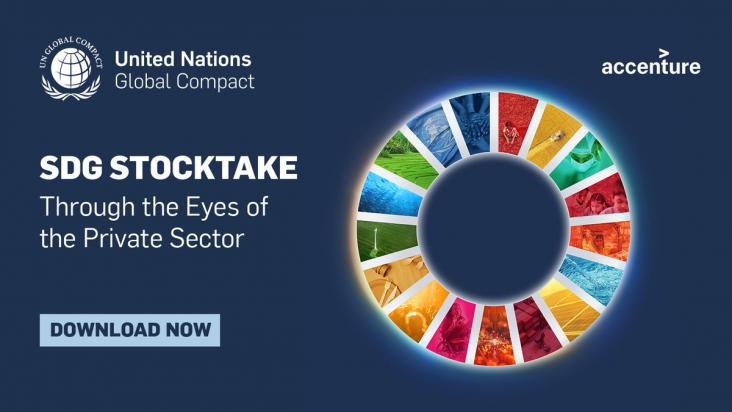This paper supports SDG 3 and 13 by highlighting that China risks losing its health gains within a single generation if society fails to adapt to climate change, and effective adaptation strategies need to consider China’s urbanization trends, underlying non-communicable diseases, an aging population, and future pandemic threats.
This Series paper supports SDG 3 and 13 by synthesising data from 127 existing studies on various aspects of climate change, including the effects of different climate factors on a wide range of health outcomes, climate change awareness and engagement, adaptation strategies, and policy implementation in Vietnam.
This Series paper supports SDG 3 and 13 by highlighting significant impacts of climate-related environmental extremes on the health and well-being of Australians.
This paper supports SDG 3 and 13 by examining published literature on climate and air quality driven health outcomes in Singapore, and discusses mitigating strategies.
This paper supports SDG 3 and 13 by summarising key climate risk drivers; potential climate-sensitive health risks; relevant climate change policy, legislation and activities, in Aotearoa New Zealand.
This One Earth Research Article evaluates the macroeconomic impacts of countries' decarbonization plans (SDG 13) and finds minimal overall impacts (SDG 8).
As climate change worsens, it will increasingly impact the water-energy nexus (water power for electricity, water to cool fossil energy generation, energy for irrigation...). This One Earth Research Article uses climate analog cities, i.e. cities that are currently experiencing the climatic conditions expected in the future for a given city, to explore how future water/energy demands might change. The results are relevant for planning climate adaption (SDG 13) for more sustainable cities (SDG 11).
This One Earth Primer Article explains the concept of embodied carbon emissions — i.e., the emissions required for building material production and discusses life-cycle opportunities for reducing emissions (SDG 13). It directly relates to urban decarbonization as many cities in the global south are expected to rapidly grow.
This chapter advances the UN SDG goals 13 and 15 by reviewing the biodiversity of soil fauna, they key roles these taxa play in ecosystem functioning, and their importance in the context of climate change.

The United Nations Global Compact-Accenture Global Private Sector Stock take report report offers an appraisal of private sector contributions to the SDGs so far and outlines a clear pathway for private sector action over the next seven years.
